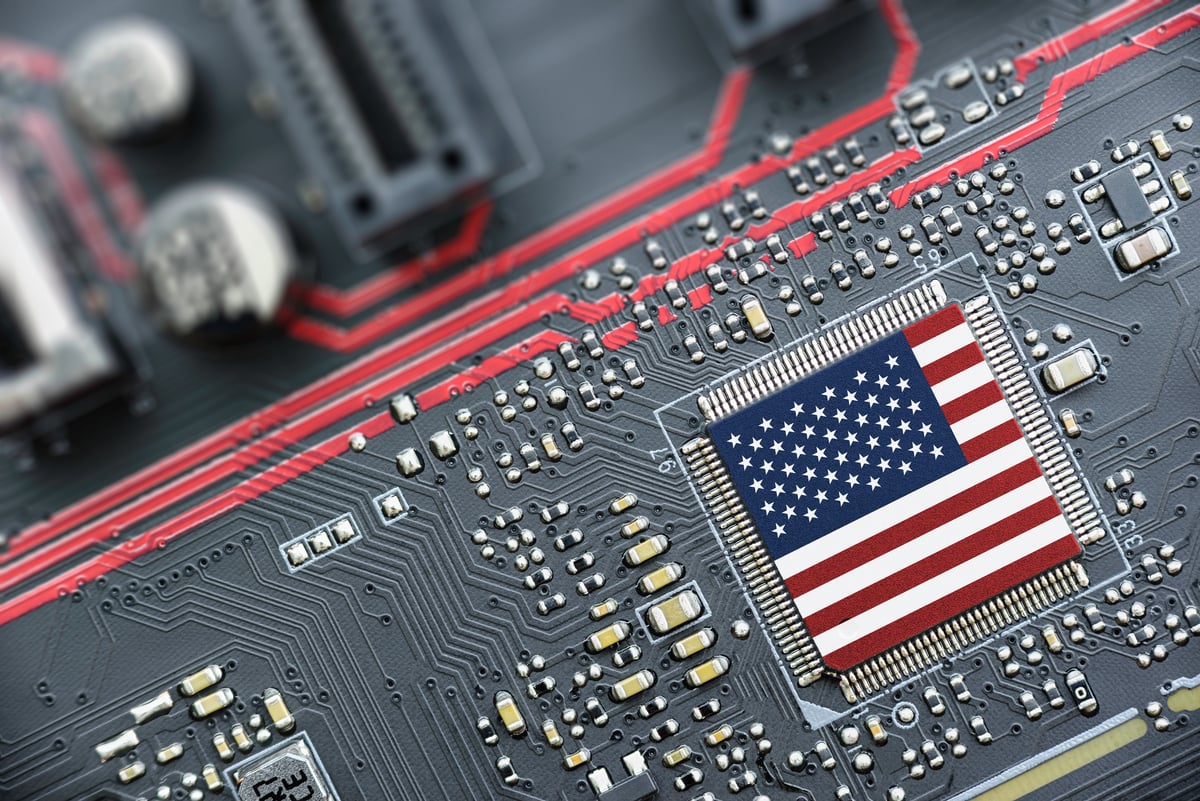At the annual SIGGRAPH conference in Vancouver, Canada, this week, NVIDIA (NVDA +2.16%) CEO Jensen Huang unveiled the lasted generation of its industry-leading graphics processing unit (GPU). The new Turing architecture was named after Alan Turing, who was among the first scientists to predict that advent of artificial intelligence (AI), saying, "What we want is a machine that can learn from experience."
While this latest processor exhibits a number of groundbreaking capabilities, ray-tracing (RT) is among the most telling. The technology is a more advanced and lifelike way of generating graphics that re-creates the path that light rays take from their origin to the viewer. While this technique has been widely used in movies and TV shows, it hasn't been practical in video games because the computational demands have been too great to render these images in real time -- until now.

NVIDIA Quadro RTX 8000. Image source: NVIDIA.
A light at the end of the tunnel
NVIDIA first unveiled RTX -- its new ray-tracing technology -- back in March. Here's how the company described it:
Long considered the definitive solution for realistic and lifelike lighting, reflections and shadows, ray-tracing offers a level of realism far beyond what is possible using traditional rendering techniques ... with realistic optical calculations that replicate the way light behaves in the real world, delivering more lifelike images.
Three new processors will be available beginning in the fourth quarter that boast these new ray-tracing cores, and will use NVIDIA's AI-centric Tensor Cores to accelerate the technology. The Turing-based Quadro GPUs will improve ray-tracing by 25 times compared with its current Pascal architecture, and will retail for prices between $2,300 for the 16 GB version and $10,000 for the high-end 48 GB version. The revenue from these new chips will show up in NVIDIA's professional visualization segment.
While this technology won't be immediately available to the average gamer, a number of well-known companies are already planning to support the new architecture, including Adobe, Disney's Pixar, and Epic Games -- best known for its breakout battle royale hit Fortnite.
It isn't fun and games -- yet
Gamers won't begin to see the effects of NVIDIA's ray-tracing technology until the publishing companies have had the opportunity to incorporate them into the titles that are currently available. That said, looking down the road six to 12 months might see a whole new era for gamers, and some believe that NVIDIA will announce a consumer-focused version of the technology at its Gamescom conference later this month.
While these Turing GPUs will elevate the quality of the graphics found on video games, there are other applications as well. Just as AI helps improve the rendering of images for games, the same technology can also be used to advance a variety of photo and video applications.
In describing its latest innovations, Huang said, "The arrival of real-time ray-tracing is the Holy Grail of our industry."
Keeping the competition at bay
Analysts and investors alike -- myself included -- have long worried that the growing trend of companies seeking to develop their own AI chips might someday result in a processor that proved better for AI than NVIDIA's humble GPU.
This latest release shows that NVIDIA isn't resting on its laurels, waiting around for the competition to eat its lunch. It also demonstrates how the company maintains the lead in an industry it pioneered -- with a consistent and relentless focus on innovation.








